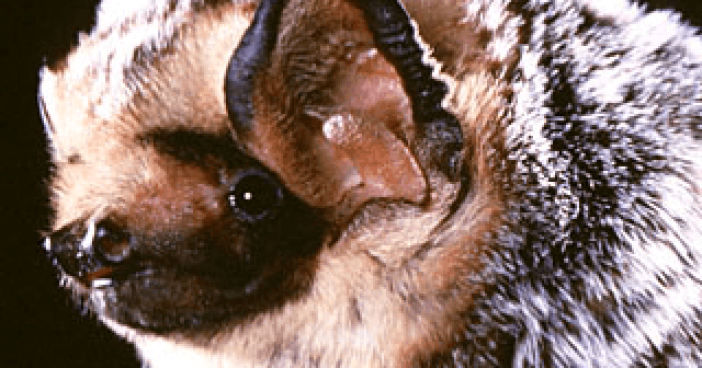Did you know? California is home to over 23 different species of bats; 17 of those species are found in Orange County, California! Don’t know much about bats? Read more to learn about their importance, their habitat, and what you should do if you encounter one. I assure you, the more you learn about these amazing, furry little mammals, the more you will love them – and want to protect them from poor environmental planning or negative environmental impacts.
Why Bats are Important
Bats are essential contributors to the diverse California ecosystem and the long-term environmental sustainability of our food chain. Similar to bees, birds and wind, bats function as primary pollinators for many plants. You can also thank bats for their role in managing insect populations. Most of the bats in California are insect eaters, and will eat up to 50% or more of its body weight nightly. Without them we would surely be overrun! Next time you notice a swarm of moths next to a light at night, watch for a bat swooping in for his next meal.
To the Bat Cave!
Popular culture has led us to believe all bats live in caves, but in urban areas bats will roost in environments that are “cave like” such as old buildings, bridge crevices, trees, awnings and roofs. These areas may seem unexpected to the average person but bats are looking for safety, location to a food source, and most importantly, temperature! Bats will occur in more places than you commonly think. But just like humans, everything for bats is LOCATION, LOCATION, LOCATION! As insect foragers their preferred habitat is waterfront, wherever the temperature is ideal.
Encountering a Bat
If you see a bat, don’t touch it! It will not touch you! Bats’ highly developed echolocation allows them to “see” you better in the dark then you could see them in broad daylight. Just like any other wild animal, there is no guarantee that the animal is not carrying a disease (think rabies) so it is always better to abide by the “hands off” rule. If you suspect a bat to be living on your property, the first step is to find out where it roosts. Check for bats entering or exiting a suspected roosting place at dawn and dusk. If the area is safe, check for guano (bat feces) on the ground, particularly along crevices. Listen for movement. If you think you might be hosting a bat, consult a FirstCarbon Solutions biologist/natural resources consultant to survey your property using visual inspection and non-invasive acoustic monitoring.
Want to learn more about bats?
There are many organizations dedicated to learning and educating others about bats. The Western Bat Working Group for example is an organization of biologists, conservationists, agency personnel and bat enthusiasts sharing information and discussing the latest news regarding bats. Local nature conservancies host evening “bat walks” guided by local biologists, and you can even learn how to use acoustic monitoring equipment to “spot” these amazing creatures in action. I recently attended a “bat walk” with my own family at the San Joaquin Marsh in Irvine, CA and it was an exciting and educational evening.
If your organization needs to know more about environmental planning and development and the impacts on the local bat population, request a consultation here.




